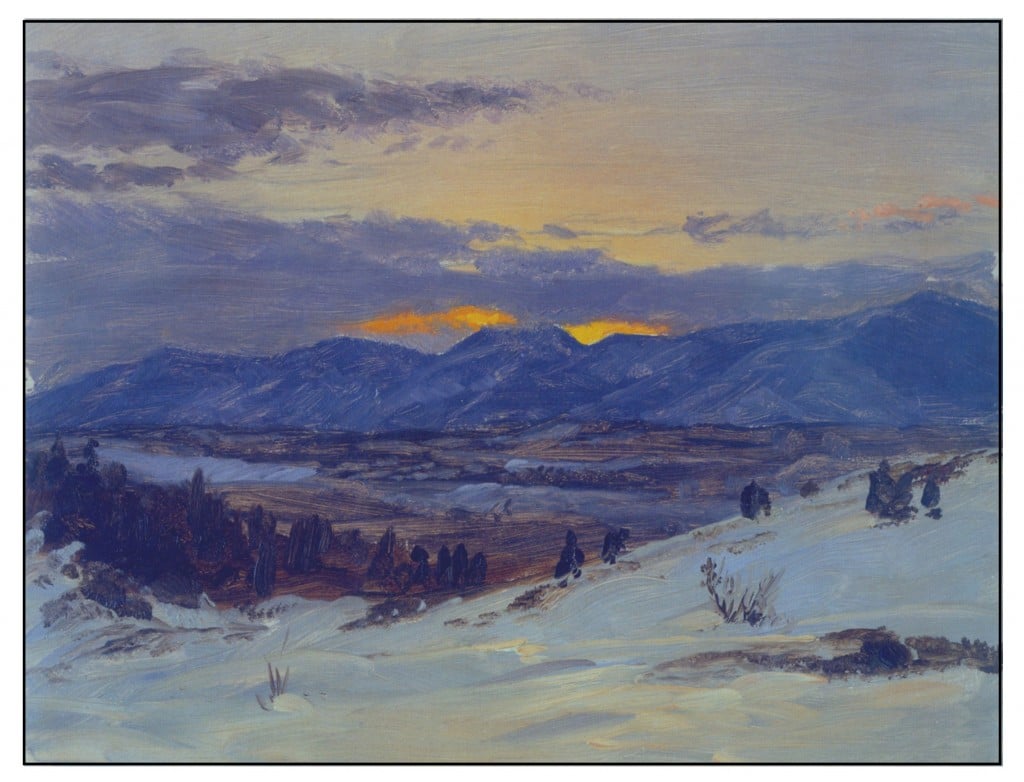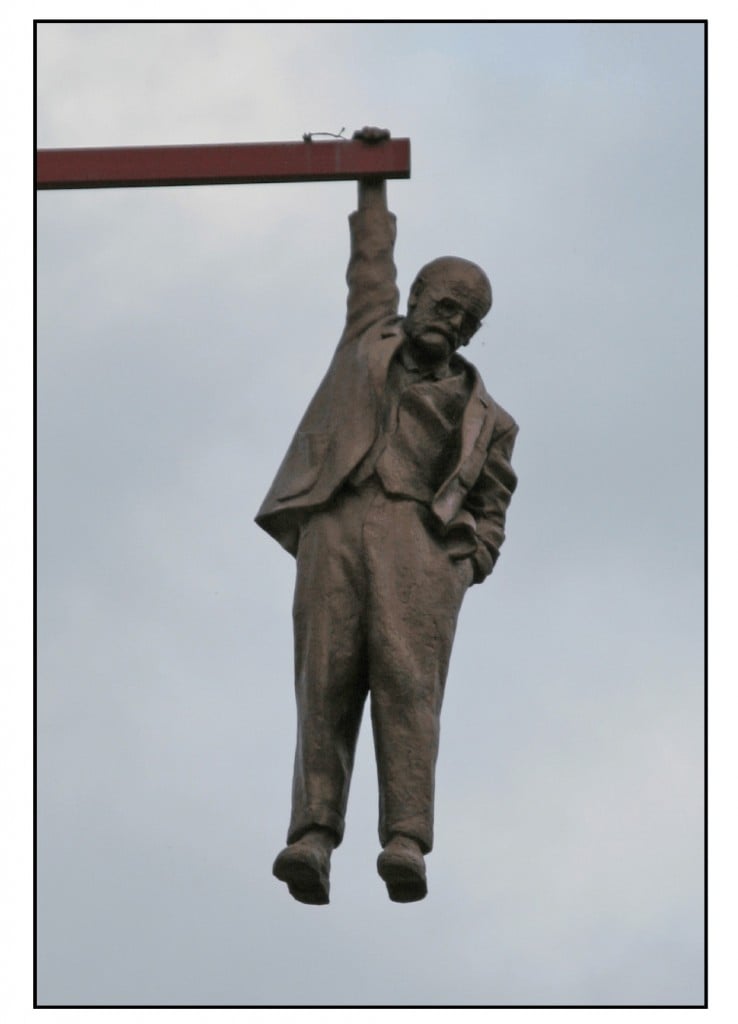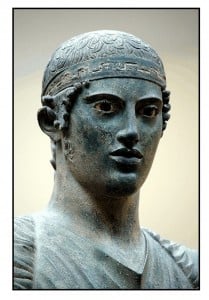The French satirical magazine Charlie Hebdo is left-wing and strongly anti-religious. In 2006, it reprinted the controversial Muhammad cartoons from Denmark’s Jyllends Posten. The cover of that issue of Charlie Hebdo (left) had shown the prophet “overwhelmed by fundamentalists” bewailing that “it is hard to be loved by jerks.” The magazine was unsuccessfully sued by several Islamic organizations for hate crimes. Since then, and despite the firebombing of its offices in 2011, the magazine has continued its irreverence.
On January 7, 2015, three masked gunmen killed twelve people at the offices of Charlie Hebdo, including the editor-in-chief Stéphane Charbonnier (Charb) and the senior cartoonist Jean Cabut (Cabu). The shooting was clearly in retaliation for the magazine’s blasphemy. The gunmen were heard to shout Allahu Akbar (“God is great”) and “Vous allez payer, car vous avez insulté le Prophète” – “You will pay for you have insulted the Prophet.” (Selow, 2015).








